Call of Duty is coming to Nintendo platforms. At least, that’s what Microsoft would have us believe.
As part of their proposed buyout of Activision Blizzard, the American console maker has pledged to bring the franchise to Nintendo gamers in an effort to alleviate market regulators’ concerns of anti-competition and monopolisation. And because they like money.
So, Call of Duty on that there baby console with all the Mario games? That’s completely-unheard-of, never-been-done-before, unexplored territory, right? Well, no, actually. You imbecile. You buffoon.
Stretching back almost 20 years and a whopping 15 entries, the series actually has a full, flirtatious, and often fascinating history with the Big N. That is, as long as you consider things like DS Download Play and outsourced Wii ports fascinating. And of course you do – why else would you be here?!
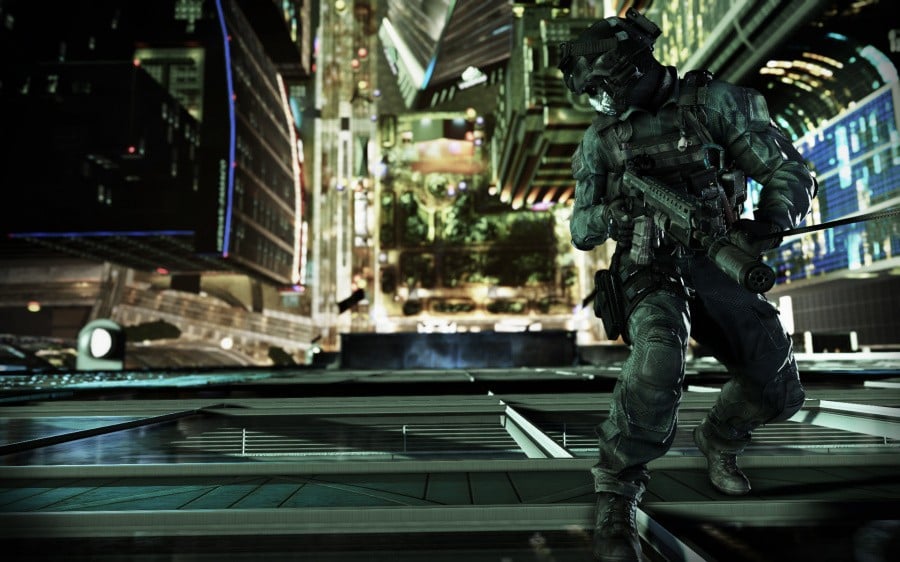
Where it all started
Our journey begins with the Nintendo GameCube, and if the recent releases of Metroid Prime Remastered and Resident Evil 4 have taught the internet anything, it’s that Nintendo’s little purple lunchbox was actually a bit of a beast.
Despite initial misgivings, the quirky little cube outstripped the PlayStation 2 by most performance metrics, a fact handily demonstrated in 2004 when the GameCube version of Call of Duty: Finest Hour not only looked prettier than on Sony’s machine, but also ran at twice the frame rate.
Performance was peachy, but Nintendo’s reluctance to embrace the internet – a trend that you could argue still persists today in some capacity – meant that the GameCube missed out on the all-important online multiplayer mode. Meanwhile, Xbox Live users were enjoying 32-player deathmatches, forming communities, and ultimately laying the foundation for what the series would become.
By the time Call of Duty 2: Big Red One rolled out in 2005, the poor old ‘Cube was all but dead and buried. As a result, the GameCube version didn’t seem to be a top priority for Activision – it was a serviceable port, but it clearly didn’t receive the same level of optimisation the first game enjoyed. We wouldn’t have to wait long to see the series on a Nintendo console again, though…
The golden era
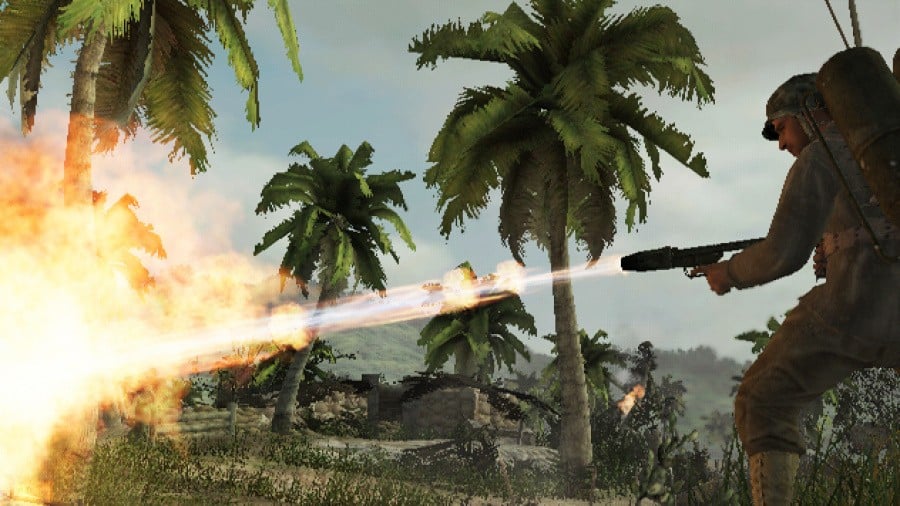
The Wii Remote & Nunchuk is the greatest FPS control scheme to ever grace a home console. That is an objective fact and a hill this writer is more than willing to die on. The combination of pixel-perfect pointer controls and intuitive motion gestures added a layer of precision, immersion and immediacy that simply cannot be replicated with traditional controllers.
The motion-sensing capabilities of the Nunchuk also offered quick reloads and even the ability to lean and peak from behind cover, a feature that wouldn’t become standard on console shooters for some time. To this day, it’s a mechanic that’s never been mapped to a gamepad anywhere near as gracefully.
Starting with Call of Duty: Black Ops, tilting the Wii Remote on its side also allowed you to hold sidearms gangsta style. Sure, divisive launch title Red Steel did it first, but it’s still a super cool addition that feels great to this day.
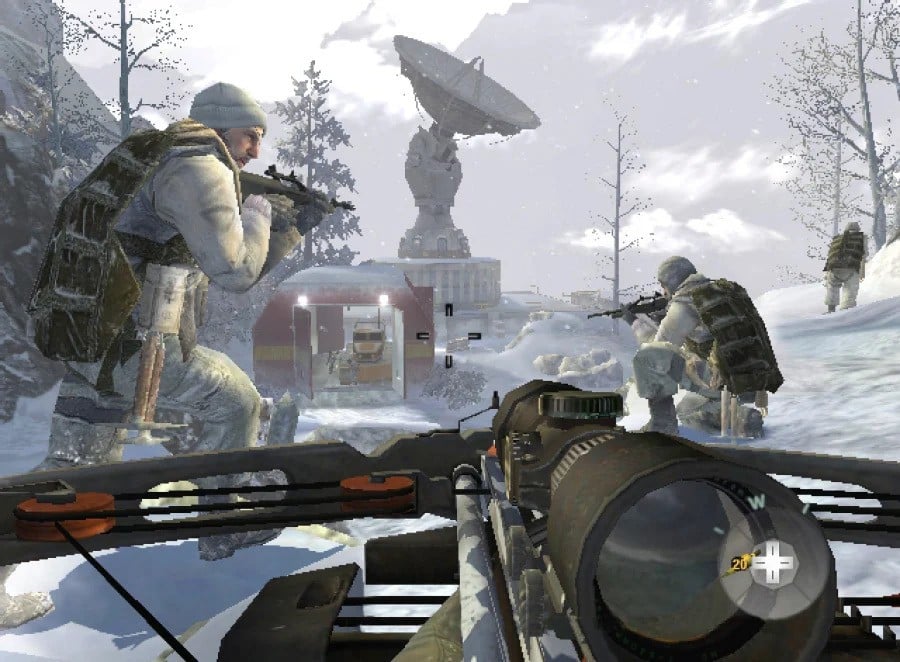
American studio Treyarch handled all five Wii entries, starting with the somewhat shoddy launch title Call of Duty 3 in 2006, and ending in 2011 with the much more accomplished Call of Duty: Modern Warfare 3. The developer really got to grips with the Wii hardware and control scheme over the course of those five years, and the progression in quality from game to game is self-evident.
The only notable absence for Wii owners during the 7th generation was 2009’s Call of Duty: Modern Warfare 2, seemingly a result of Infinity Ward not giving two figs about Nintendo’s motion-sensing sensation. When that title dropped on other platforms, Wii owners were instead treated to a retooled port of the original Modern Warfare game – which had initially skipped the console in 2007 – developed by Treyarch, and known as Call of Duty: Modern Warfare: Reflex Edition.
With a World at War port arriving in 2008, Wii was the last Nintendo home console to receive such extensive support, with a Call of Duty game essentially dropping every year that the system was properly supported. Sure, they were compromised in ways – lower graphical fidelity and reduced player counts online to name a couple – but it was still probably the golden era for this series’ involvement with Nintendo.
Portable warfare
If you’re one of those folks who think getting Call of Duty to run on Nintendo Switch would require some sort of voodoo magic, you might be surprised to learn that Activision released no less than five – count ‘em, five! – CoD games for the Nintendo flippin’ DS.
These portable affairs — Modern Warfare (2007), World at War (2008), Modern Warfare: Mobilized (2009), Black Ops (2010), and Modern Warfare 3 (2011) — were pretty far removed from their HD console counterparts, of course, but they still featured fully voice-acted campaigns, local wireless multiplayer and, in the majority of cases, online play. All this on a console that was essentially a souped-up N64.
While these versions naturally weren’t graphical showstoppers, they weren’t just cynical cash grabs, either; developer nSpace – of Geist fame – did a pretty bang-up job, making sure to include additional features like Download Play so that four friends could duke it out wirelessly using just one copy of the game. (Please bring back this feature, Nintendo. I’m begging you.)
Somewhat unsurprisingly for a system that features precisely zero analogue sticks, the control scheme was a bit of a pig. Earlier games made exclusive use of the touch screen to aim – à la Metroid Prime Hunters – which made performing the suite of other actions quite cumbersome. A later control scheme assigned your aim to the ABXY buttons, which was just as clunky and imprecise as it sounds.
Interestingly enough, the series skipped the 3DS entirely, despite it being much better equipped to handle FPS games. As a result, Call of Duty: Modern Warfare 3 in 2011 was the last CoD ever released for a Nintendo handheld. We are starving. STARVING, I say!
Wii U turn
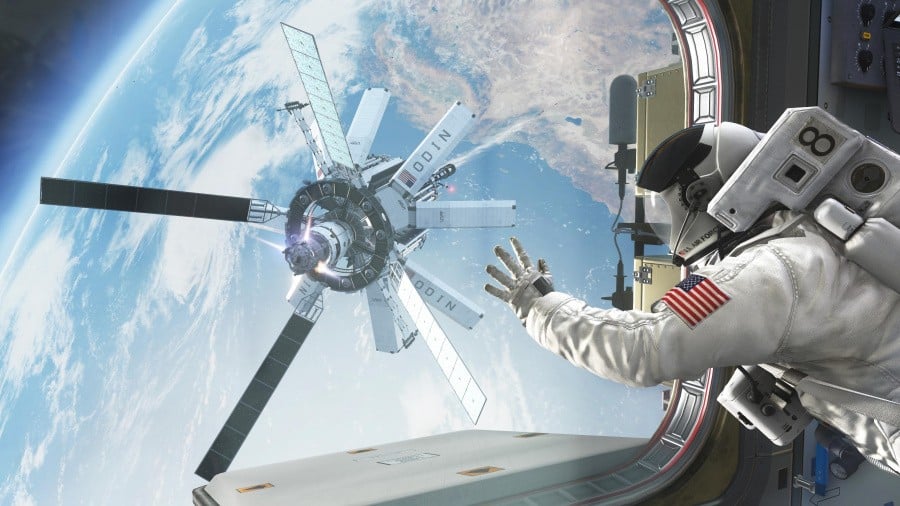
The ill-fated Wii U was the last time we saw the franchise hit any Nintendo console, and it was likely the poor sales of these instalments (Call of Duty: Black Ops II and Call of Duty: Ghosts) that made Activision wary of supporting any future hardware endeavours from the Big N.
Even at launch, Wii U lobbies were sparsely populated, with player counts often peaking in the hundreds rather than the thousands. Those who did take the plunge, though, were rewarded with two very solid ports that boasted HD visuals – a first for Call of Duty on Nintendo platforms – as well as some pretty compelling upgrades over the Xbox 360 and PS3 versions.
The first was of course the pointer control scheme which returned from the Wii editions, and now felt more responsive than ever thanks to an improved frame rate. By 2013, Treyarch knew their way around the Wii Remote better than perhaps any other third-party developer, and the pixel-perfect controls are an absolute dream on Wii U.
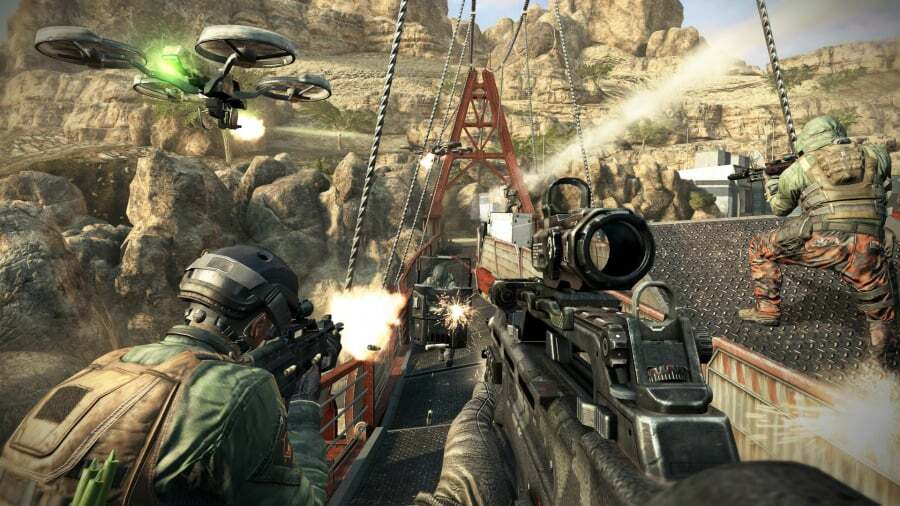
But perhaps the single greatest boon of these versions was the asymmetric multiplayer. This feature allowed one player to play on the TV screen as normal, while the other had their own dedicated display in the form of the Wii U GamePad, apropos achieving split-screen multiplayer without actually having to split the screen.
Apropos? Well, you ought to have a basic grasp of Latin if you’re reading Nintendo Life.
With the Wii U struggling to find a place in the market, though, its tepid sales led Activision to abandon the console entirely, with 2013’s Ghosts marking a full decade since we’ve seen the juggernaut series on a Nintendo platform. And that brings us to the present day.
A triumphant return?
At the time of writing, no Call of Duty titles have been published or even announced for Nintendo’s hybrid console, which is somewhat of a surprise given its incredible sales success and comparatively older player demographic.
If Microsoft’s proposed buyout of Activision Blizzard does go ahead, that could all change pretty soon, but a release on Nintendo’s as-yet-unannounced next-generation machine might make more sense. It all just depends on how long this whole saga continues.
Do you have any fond memories of playing Call of Duty: World at War on Wii until the wee hours, or is that just us? Let us know in the comments below!
Read the full story at: Source link
